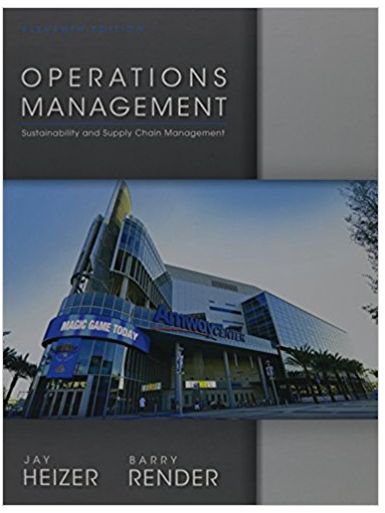Southwest Airlines has long been the standout performer in the U.S. airline industry. It is famous for its fares, which are often some 30% lower
Southwest Airlines has long been the standout performer in the U.S. airline industry. It is famous for its fares, which are often some 30% lower than those of its major rivals. These low fares are balanced by an even lower cost structure, which has enabled Southwest to record superior profitability even in its down years. Indeed, Southwest has been profitable for 44 consecutive years, making it the envy of an airline industry that has seen more than 180 bankruptcies since 1978. Even during 2001 to 2005-quite possibly the worst four years in the history of the airline industry-when every other major airline lost money, Southwest made money each year and earned a return on invested capital of 5.8%.
Southwest operates differently than many of its competitors. While operators like American Airlines and Delta route passengers through hubs, Southwest Airlines flies point-to-point, often through smaller airports. By operating this way, Southwest has found that it can reduce total travel time for its passengers. They are not routed through hubs and spend less time on the ground-something that most passengers value. This boosts demand and keeps planes full. Moreover, because it avoids many hubs, Southwest has experienced fewer long delays, which again helps to reduce total travel time. In 2017, a delayed flight at Southwest was on average 49.11 minutes late leaving the gate, compared to 69.99 minutes at Delta and 60.28 minutes at American Airlines. Southwest's high reliability translates into a solid brand reputation and strong demand, which further helps to fill its planes and consequently, reduce costs.
Furthermore, because Southwest flies point to point rather than through congested airport hubs, there is no need for dozens of gates and thousands of employees to handle banks of flights that come arrive and depart within a 2-hour window, leaving the hub empty until the next flights arrive a few hours later. The result: Southwest operates with far fewer employees than airlines that fly through hubs.
To further reduce costs and boost reliability, Southwest flies only one type of plane, the Boeing 737. This reduces training costs, maintenance costs, and inventory costs while increasing efficiency in crew and flight schedule. The operation is nearly ticketless and there is no seat assignment, which reduces costs associated with back-office functions. There are no in-flight meals or movies, and the airline will not transfer baggage to other airlines, reducing the need for baggage handlers. Southwest also has high employee productivity, which means fewer employees per passenger. All of this helps to keep costs low. In 2017, for example, Southwest's cost per available seat miles flown was 11.35 cents, compared to 15.30 cents at Delta and 15.63 cents at American Airlines.
To help maintain high employee productivity, Southwest devotes enormous attention to its staff. On average, the company hires only 3% of candidates interviewed in a year. When hiring, it emphasizes teamwork and a positive attitude. Southwest reasons that skills can be taught, but a positive attitude and a willingness to pitch in cannot. Southwest also creates incentives for its employees to work hard. All employees are covered by a profit-sharing plan, and at least 25% of each employee's share in the plan must to be invested in Southwest Airlines stock. This gives rise to a simple formula: The harder employees work, the more profitable Southwest becomes and the more well off the employees become. The results are clear. At other airlines, one would never see a pilot helping to check passengers onto the plane. At Southwest, pilots and flight attendants have been known to help clean the aircraft and check in passengers at the gate in order to get a plane back into the air as quickly as possible, because no plane makes money when it is sitting on the ground. This flexible, motivated workforce leads to higher productivity and reduces the need for more employees.
Can you summarize this case study about Southwest Airlines.
Step by Step Solution
There are 3 Steps involved in it
Step: 1

See step-by-step solutions with expert insights and AI powered tools for academic success
Step: 2

Step: 3

Ace Your Homework with AI
Get the answers you need in no time with our AI-driven, step-by-step assistance
Get Started


